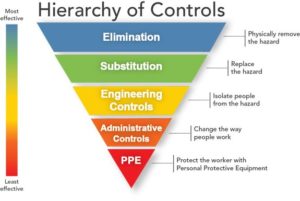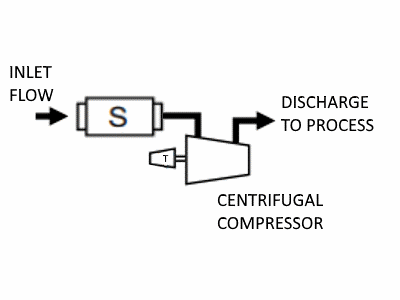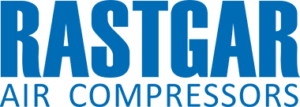Compressors are inherently noisy. Before we address how to quiet them down, here are some of the noisy compressors that may be in your plant or factory.
- Small Air-Cooled Piston
- Rotary Vane Compressors
- Reciprocating Water-Cooled Compressors over 50 HP
- Open-Semi Enclosed Rotary Screw
Controls for Noise Exposure: The Hierarchy of Control
Occupational safety and health professionals use the hierarchy of control (shown in the figure below) to determine how to implement feasible and effective controls. This approach groups actions by their likely effectiveness in reducing or removing the noise hazard.
In most cases, the preferred approach is to eliminate the source of hazardous noise. When elimination is not possible, the substitution of loud equipment for quieter equipment may be the next best alternative to protect workers from hazardous noise. If the hazardous noise cannot be controlled through the elimination of the source or substitution of quieter equipment, engineering controls may be installed to reduce noise to safer levels or remove noise at the source

Engineering controls require physical changes to the workplace such as redesigning equipment to eliminate noise sources and constructing barriers that prevent noise from reaching a worker. If it is not possible to remove the hazard through elimination, substitution or engineering controls, the next step is to reduce noise exposure through the use of administrative controls. For example, an employer may change an employee’s work schedule to avoid too much noise.
Personal protective equipment (PPE), such as ear plugs or other hearing protection devices, is the last option in the hierarchy of control. PPE is generally less effective than elimination, substitution, and engineering controls because they rely on human actions to reduce noise. Used in combination with other levels of control, such as administrative controls, PPE may provide worker protection when engineering controls do not adequately remove the noise hazard.
Solutions for Reducing Noise in the Workplace
Occupational safety and health professionals and employers can take the following actions to reduce noise in the workplace. Consider these solutions when creating your hearing loss prevention program:
- Buy Quiet – select and purchase low-noise tools and machinery
- Maintain tools and equipment routinely (such as lubricate gears)
- Reduce vibration where possible
- Isolate the noise source in an insulated room or enclosure
- Place a barrier between the noise source and the employee
- Isolate the employee from the source in a room or booth (such as sound wall or windows)
Buy Quiet Rotary Screw Compressor from Rastgar
Join us to help promote Buy Quiet by raising awareness among workers and employers. Be part of a nationwide effort to reduce noise-induced hearing loss. Most compressors built in the 80’s and early 90’s were at, or slightly above OSHA requirement.
New rotary screws compressors have been designed for sound levels under 70 dBA. This allows the compressors even to be placed adjacent to the work area and offices.
If your compressor is creating noise issues in you plant, or with your neighbors, you may want to consider replacing it with a quiet, more efficient unit that will also save on your power bill. Is your air compressor too noisy? Our compressed air experts can help you get to the bottom of the problem and recommend noise reduction strategies.
Silencers for Centrifugal Compressors
Compressor Suction Silencers: In-Line silencers for to attenuate inlet noise from Axial, Centrifugal and Turbo Compressors. High pressure compressor silencers and inline compressors silencers are often specified for axial, centrifugal and turbo compressors which create broad spectrum noise with peaks at the blade passing frequencies.
If this noise is left untreated it will propagate into the attached piping where it will be radiated into the surrounding area. In some cases this will be a hazard to nearby workers, whilst in other cases it will become an annoyance to local residents


Ten Tips to Make Your Air Compressor Quieter
- Choose a quieter compressor model
- Move a noisy air compressor away from workspaces.
- Create an acoustic barrier between the air compressor and workspaces
- Insulate the compressor room with sound-dampening materials.
- Wrap the compressor in sound dampening materials
- Install an intake silencer.
- Place the compressor on a rubber map to absorb vibrations
- Check lubrication levels for the air end and bearings
- Change Your Air Filters
- Tighten up anything that rattles, shakes, or shimmies
